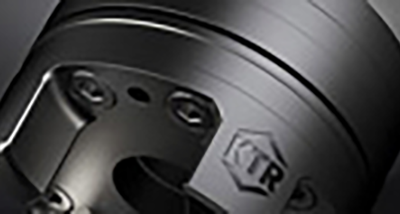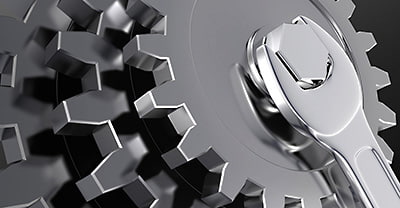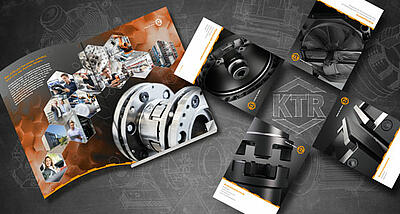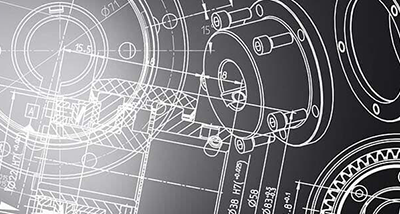Operating principles of overload couplings:
Overload coupling ratchet type DK:
Any engagement after an overload. After eliminating the overload, the balls re-engage automatically with the next following ball indentation.
Overload coupling synchronous type SR:
Synchronous engagement after an overload. After eliminating the overload, the balls re-engage automatically with the disk springs after a rotation of 360° . Driving and driven side are always placed in the same position to each other. Other degrees of re-engagement, for example 180°, are possible.
Overload coupling idle rotation type:
When reaching the torque set the overload coupling rotates. Driving and driven side keep separated due to the idle rotation mechanism, the resulting flywheel mass can slow down in idle state. After eliminating the overload, the coupling can be re-engaged. Re-engagement takes place either manually or via a device.
Overload coupling fail-safe type SGR:
The fail-safe type is purely intended for torque measurement without any ratchet operation. In case of overload a signal is generated by a límit switch, mechanical separation of driving and driven side = ratching is not possible.
Information on selection of torque limiters:
For an accurate selection of the torque limiters latest simulation and calculation programs are available. So please advise as many data of your drive as possible. The more accurate these data, the more accurate are the calculation results. Make use of these options and consult with us about the application beforehand.
To make sure the torque limiter is not released with process-related torque peaks already, the shifting torque of the coupling should exceed the maximum operating torque by at least 30 % (see diagramme).
Torque limiters and overload systems that re-engage automatically should be used with reduced speed with high release torques only. Frequent or longer slipping or engaging increases wear of the safety coupling.
After the torque limiter has separated driving and driven side in case of overload, it may take some time before the drive stops due to large mass inertias in the drive train. This may generate high wear of the torque limiter and overload couplings that re-engage automatically. That is why we recommend with drives with large mass inertias to use the safety coupling KTR-SI as an idle rotation version.
We basically recommend electrical monitoring of the torque limiters to disengage the drive immediately in case of overload. We will be pleased to assist you with any technical questions about the selection of overload couplings.








